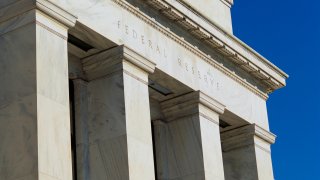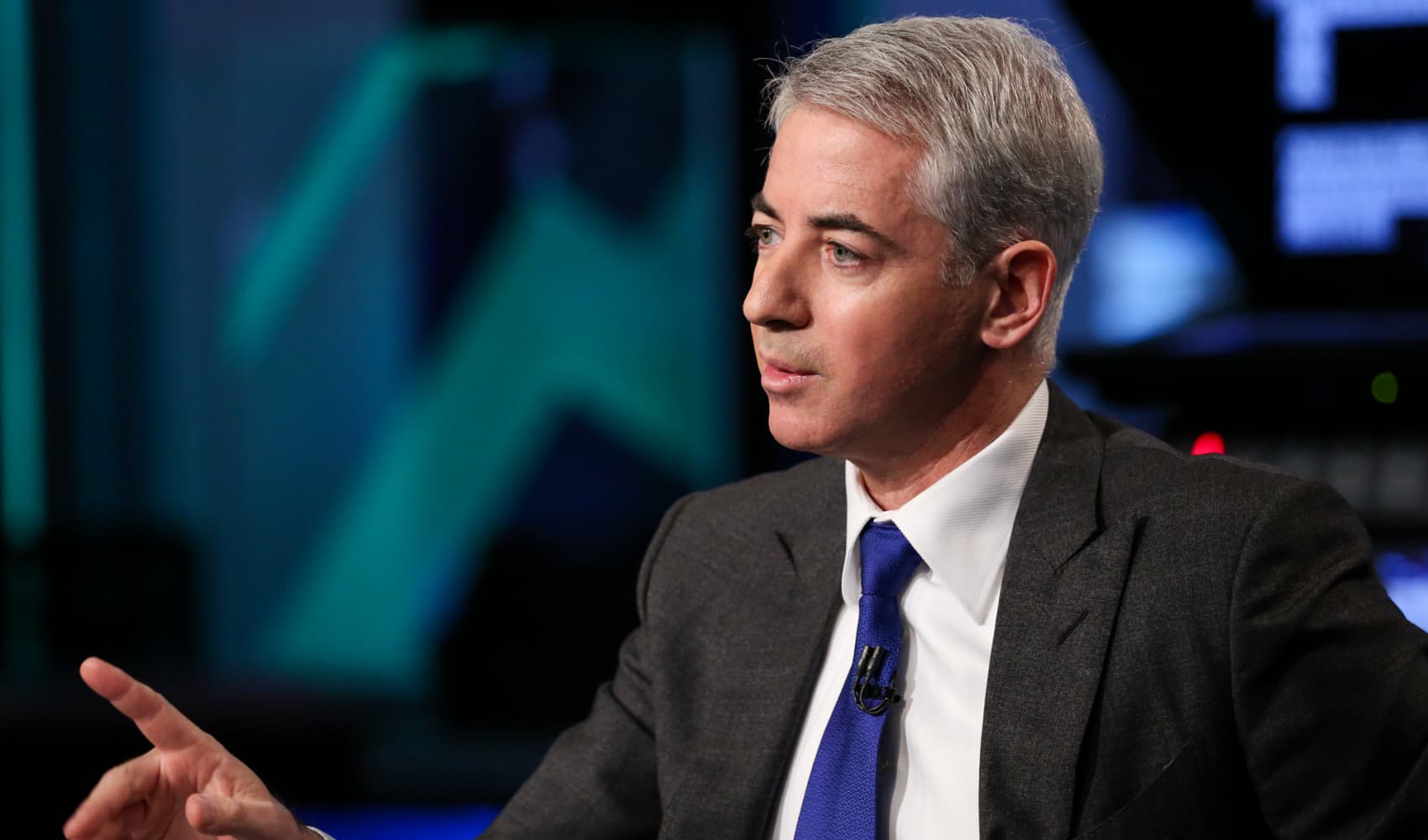
This report is from today's CNBC Daily Open, our new, international markets newsletter. CNBC Daily Open brings investors up to speed on everything they need to know, no matter where they are. Like what you see? You can subscribe here.
The Fed wants to bring inflation down to 2%. But the economy may be fine with higher inflation.
What you need to know today
- HSBC, Europe's largest bank by assets, reported a fourth-quarter profit of $5.2 billion before tax. That's a 108% jump year over year, beating analysts' estimates of an 87% increase. More good news: The bank is one of the few companies optimistic about its performance this year.
Get New England news, weather forecasts and entertainment stories to your inbox. Sign up for NECN newsletters.
- Markets in the U.S. were closed on Monday for Presidents Day, but stock futures dropped overnight. In Asia-Pacific, markets traded mixed Tuesday. Japan's Nikkei 225 dipped 0.23% as the country's flash purchasing managers' index fell to 47.4 in February, indicating a contraction.
- The U.S. Federal Reserve — and many other central banks in the world — have been proclaiming their determination to bring inflation down to 2%. But it's an arbitrary target criticized by some economists.
- President Joe Biden was supposed to visit Poland. But he surprised everyone by showing up in Kyiv, Ukraine's capital, on Monday. Biden met Ukraine's President Volodymyr Zelenskyy to reaffirm America's commitment to Ukraine and announced new weapon deliveries.
- PRO The U.S. economy could avoid a recession this year — or crash. These stocks let investors "expect the best … but insure against the worst," according to Goldman Sachs.
The bottom line
Money Report
The 2% inflation target has been repeated so often by Fed officials and central bankers worldwide that it seems absolutely crucial to a healthy economy. But "the 2% inflation target, it's relatively arbitrary," said Josh Bivens, director of research at the Economic Policy Institute.
In fact, it was invented in New Zealand in the 1980s. Arthur Grimes, professor of wellbeing and public policy at Victoria University, said that New Zealand was experiencing skyrocketing inflation then, and the central bank picked an inflation target — seemingly out of nowhere — so that it could work toward a goal.
Other central banks followed suit. In 1991, Canada announced its inflation target; the United Kingdom followed a year later. It was not until 2012 that the U.S. declared its 2% inflation target, but that number has remained stubbornly alive in the minds of the Fed ever since.
But if the 2% target is arbitrary, it implies that the economy could function normally at a higher level of inflation. Indeed, in 2007, some economists wrote a letter to the Fed arguing for a higher ceiling. "There's no evidence that 3% or 4% inflation does substantial damage relative to 2% inflation," said Laurence Ball, professor of economics at Johns Hopkins University, who was among those who signed that letter.
The Fed, however, is unlikely to change its target amid the current hiking cycle — it might look like it's caving to investor demands for lower rates. Reconsidering what healthy inflation means will be a task left to another generation of central bankers.
—CNBC's Andrea Miller contributed to this report.
Subscribe here to get this report sent directly to your inbox each morning before markets open.






